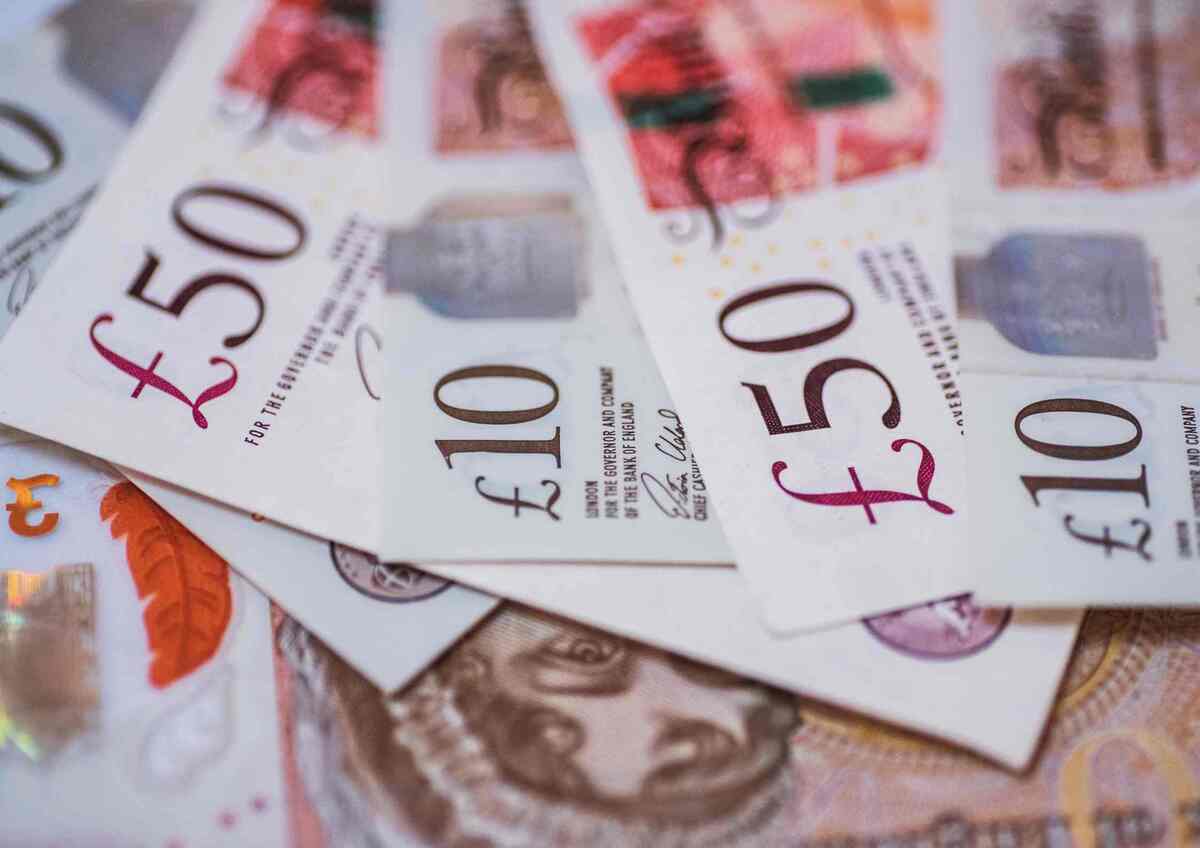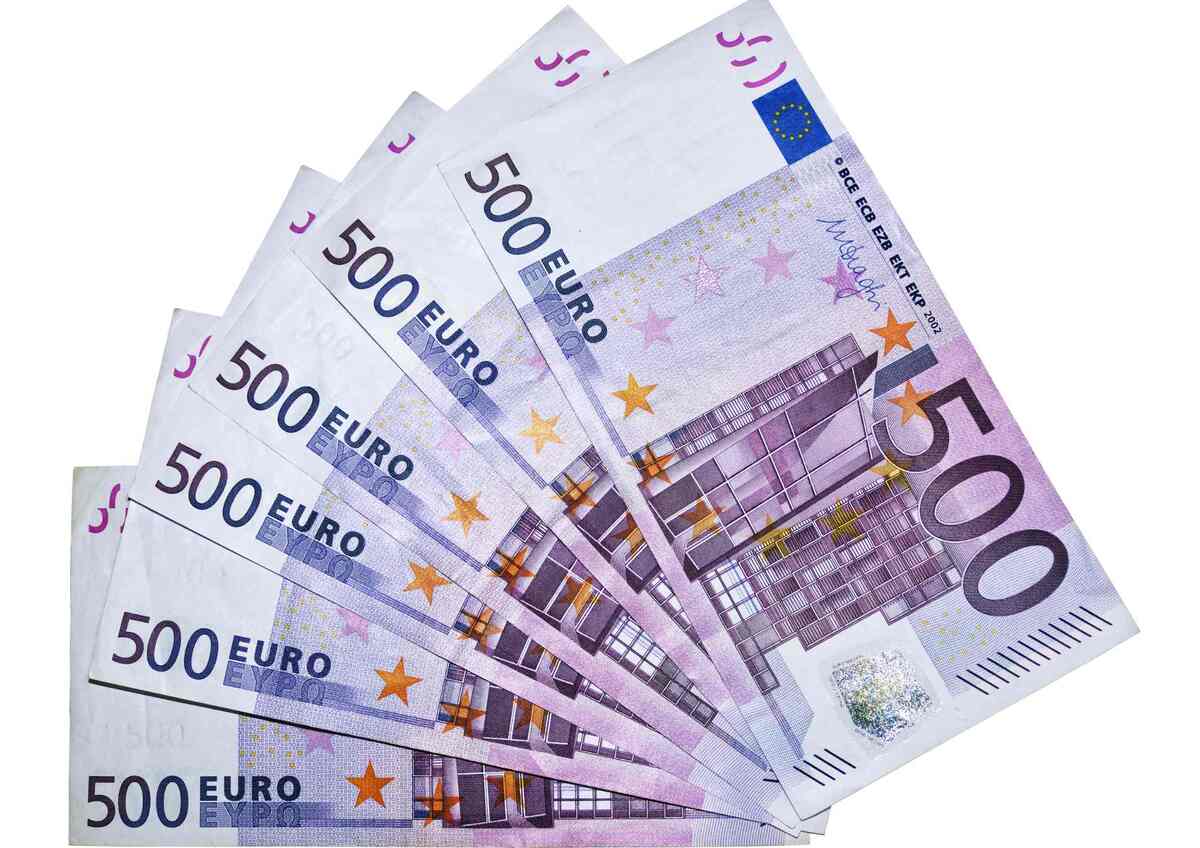Thursday Dec 21 2023 06:15

9 min

The GBP to Euro exchange rate plays a crucial role in the global financial landscape, directly impacting the economies, companies, and individuals interacting between the UK and the Eurozone.
Experience an in-depth analysis of the factors influencing this exchange rate and its implications for various stakeholders.
To understand the dynamics of the GBP to Euro exchange rate, let’s delve into the historical perspective.
The Euro, the official currency of the Eurozone, was launched in 1999, initially in electronic form for banking and payment purposes, with euro banknotes and coins introduced in 2002.
Since its inception, the GBP to Euro exchange rate has experienced moments of volatility, due to a myriad of factors that affect currency value relative to each other.
For instance, during the dot-com bubble burst in the early 2000s, the Euro gained strength against the GBP as investors sought perceived 'safe-haven' currencies.
Conversely, during the global financial crisis of 2008, the GBP regained strength as global economies reacted to financial uncertainty.
Check this interesting article: Understanding major pairs in forex: things you need to know (with examples)

The euro officially launched on January 1, 1999, in 11 European Union countries. Initially, for the first three years, it was restricted to electronic forms like bank transfers, travellers' cheques, and online transactions. In January 2002, with Greece also adopting it, the euro's physical notes and coins were introduced in 12 countries. The concept of a unified currency for Europe has been a long-standing objective since the 1960s.
Following the introduction of the euro, the member countries were allowed to use their former currencies for an additional two months before they ceased to be legal tender. Interestingly, in Austria, Spain, Germany, and Ireland, old national coins are still exchangeable for euros.
As of now, the euro is the official currency for 19 out of the 28 EU member states, which include Austria, Belgium, Cyprus, Estonia, Finland, France, Germany, Greece, Ireland, Italy, Latvia, Lithuania, Luxembourg, Malta, the Netherlands, Portugal, Slovakia, Slovenia, and Spain.
It's also used by Kosovo and Montenegro, non-EU countries, and four microstates - Andorra, Monaco, San Marino, and Vatican City. The euro stands as the second-largest reserve currency and the second-most traded currency globally, after the US dollar.
A fun fact about the euro's real-world use: the first transaction using euros occurred on the French Island of Réunion in the Indian Ocean, where someone purchased a kilogram of lychees.
For more fundamental knowledge on CFD trading: 10 tips on how to trade CFDs on forex for beginners
Factors affecting the GBP to Euro exchange rate
While many elements affect the GBP/Euro rate, the following are the most impactful:
The primary tool influencing currency exchange rates is the monetary policy employed by the Bank of England (BOE) and the European Central Bank (ECB). Changes in official interest rates can significantly impact currencies, as they influence borrowing costs and the return on investments.
When the ECB raises interest rates, the yield on Euro-based investments increases, attracting foreign investments, and thereby strengthening the Euro against the GBP. Conversely, if the BOE implements tighter monetary conditions, it could lead to a rise in the value of the GBP versus the Euro.
The overall economic performance, measured by indicators such as GDP growth, unemployment rate, inflation, and levels of public debt, can heavily sector GBP/Euro exchange rates. Generally, stronger economic performance attracts foreign investors, leading to an appreciation in the home currency.
Political stability and policy can affect the value of a currency. For instance, Brexit, the UK's decision to leave the European Union, led to an increased level of uncertainty, resulting in GBP weakening against the Euro.

The exchange rate between the GBP and the Euro has serious implications for both businesses and individuals.
For businesses that operate internationally, changes in exchange rates can influence profits and losses. For instance, if a British company sells goods in Europe and the GBP weakens against the Euro, they would receive more pounds for their euros, potentially increasing profits.
Conversely, an unfavourable exchange rate could increase the costs of importing goods.
For individuals, fluctuations in the GBP to Euro exchange rate can affect the cost of overseas travel, remittances, and property purchases in the respective regions.
Projecting future exchange rates is complex, as it must incorporate various unpredictable factors, including geopolitical events, economic data releases, and decision-making by central banks.
However, economic modelling, analyzing interest rates, inflation differences, and relative economic growth rates, can provide some insight.
The current exchange rate of the British Pound (GBP) to the Euro (EUR) shows some variation among different sources.
According to XE.com, as of December 4, 2023, the exchange rate is 1 GBP = 1.16773 EUR, with the mid-market rate being 0.857979 GBP for 1 EUR. Meanwhile, Wise.com reports two different rates on the same day: 1 GBP = 1.16754 EUR and 1 GBP = 1.16761 EUR at different times.
Another update from Wise.com shows a slightly different rate of 1 GBP = 1.16557 EUR.
It's important to note that these rates are for informational purposes and may not reflect the exact rate you would receive when sending money, as banks and other transfer services often add hidden markups to their exchange rates.
The rates mentioned are mid-market rates, which are the midpoint between the buy and sell prices of two currencies in the global markets and are generally considered the most accurate representation of a currency's value.
The GBP to Euro exchange rate plays a pivotal role in international trade and finance between the UK and the Eurozone. Driven by factors like monetary policy, economic performance, and political events, it is subject to constant fluctuations, affecting both businesses and individuals.
Understanding the factors influencing these changes can be instrumental for investors, businesses, and individuals making critical decisions about foreign exchange.
They can leverage this knowledge to hedge against potential currency risks and make informed decisions to take advantage of favourable exchange rates.
When examining future trends, it’s essential to remember that exchange rates are difficult to predict with complete accuracy due to the myriad of factors at play.
Therefore it's always recommended to seek professional advice or use financial instruments to mitigate exchange rate risks.
Become a member of Markets and access a cutting-edge trading platform.
“When considering “CFDs” for trading and price predictions, remember that trading CFDs involves a significant risk and could result in capital loss. Past performance is not indicative of any future results. This information is provided for informative purposes only and should not be considered investment advice.”